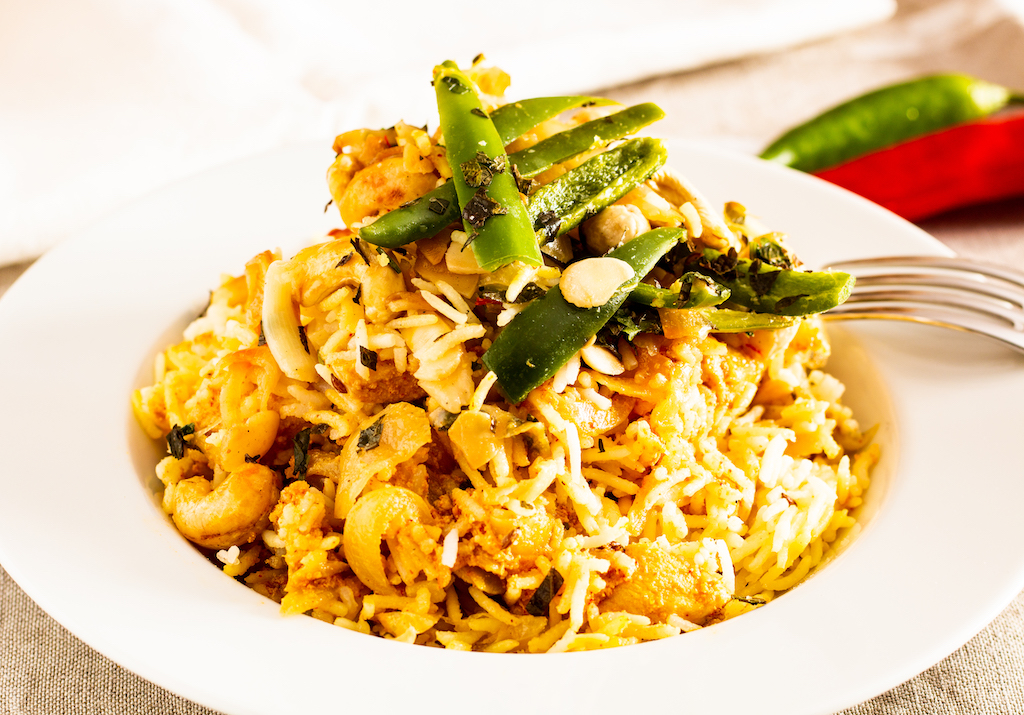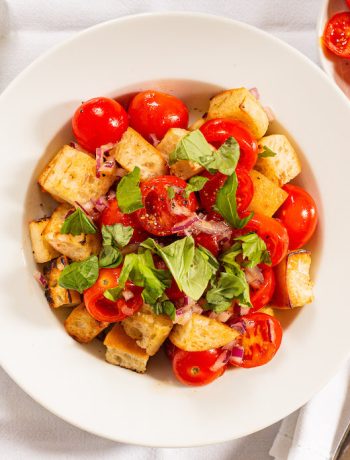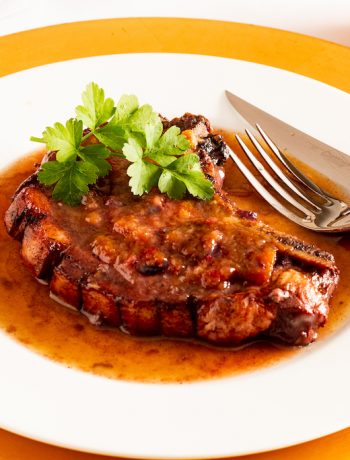Biryani is a one-pot dish of rice, meat and spices that is characteristic of all areas of India with the possible exception of Andhra Pradesh. Rice is produced all over India, so it is not surprising that almost every corner of the country has a version of biryani. When this level of ubiquity is evident in a foodstuff, it naturally follows that finding the origin of it is next door to impossible. Reading around the various resources on the history biryani, the following theories bubble to the surface:
- It is Persian. The greatest body of evidence suggests that the biryani is solidly Persian. At its greatest extent, the Mughal empire extended all the way to Afghanistan, which brings it into kissing contact with the eastern border of the far older Persian Empire. Recipes were swapped, and the biryani went viral all over the area now occupied by modern India. Scholars point to the Persian term ‘birinj biriyan,’ which means ‘fried rice.’ The Persian dish of this name follows exactly the method of slow cooking a modern Indian biryani. According to Salma Hussein of Cairo University, the dish has evolved further in modern Iran, and has managed to eliminate the rice, replacing it with a roti wrap – their loss, I guess.
- It is Mongol. There is a military theory in which Turco-Molgol conqueror Amir Timur fed his army on something a lot like a biryani while nibbling a the frontiers of India in 1398. This dish was placed in an earthenware pot, buried in the ground with embers, and dug up when cooked. The BBC has suggested that there is no evidence of Mongol intervention in the biryani – instead, they suggest that it leached over the border with noblemen and statesmen negotiating and conversing with the Persians (see point 1 above). Certainly, there will have been plenty of cross-border traffic between Persia and Mughal before 1398, so the biryani probably did not need a Mongol catalyst. The contact between Timur and Persia was so great that the Mongols probably acquired the dish from the Persians and found that it was already in India when they invaded the Dehli Sultanate.
- It is from Southern India. Rice is a major part of the southern Indian diet. Arabs trading by sea in medieval times brought their one-pot pilaf recipes with them. This was snapped up by Indian army units who needed one-pot meals in the field. Tamil literature indicates the presence of rice-based dishes in the region in 2AD. But, pilaf still exists in India, and it is not the same thing as a biryani.
- It is both 1 and 3. Biryani expert Vishwanath Shenoy suggests that biryani came to India from both the north and the south, met in the middle and became the modern, one-pot dish of rice, spice and meat (optional) we know today.

probably died with a belly full of biryani
There are many different kinds of biryani, but most people agree that the de facto home of the biryani is Hyderabad in the central Telangana state of India. Choosing to focus on Hyderabad narrows the basic styles of biryani to two different cooking methods. Firstly, we have ‘pakki‘ style in which meat is cooked off before being cooked slowly (‘dum‘) with the rice. Secondly, there is the more traditional kachchi biryani where the dish is built with raw meat and also cooked dum.
The recipe given here is for the first of these styles and uses chicken (‘murgh‘) as the meat. Therefore, we have a pakki murgh biryani. Sadly, we are not able to accurately credit our recipe to its originator. This is because the recipe occurs on two different recipe sites where both authors claim it as their own. All we can say is that both these writers are from Hyderabad, so we can be sure that the biryani given here is is authentic.
For planning it pays to know that this method involves:
- A long marinade (6h)
- Pre-cooking the meat (30 mins)
- Pre-softening the rice (30 mins)
- Final combined oven cook. (15 mins)
Pakki murgh biryani
Ingredients
- For the marinade:
- 1kg skinless chicken breast, cubed
- 2 tbsp ginger-garlic paste
- 1.5 tsp garam masala
- 475ml yogurt
- 200g canned tomatoes
- Quarter tsp tumeric
- 2 tsp red chilli powder
- Juice of 1 lemon (see notes)
- Salt (to taste)
- For the pot:
- 120ml milk, warm
- Pinch of saffron
- 50ml neutral oil
- 75g almond flakes
- 75g cashew nuts
- 5 onions, sliced
- 1kg basmati rice
- 140ml neutral oil
- 1 tbsp caraway seeds
- 1 bay leaf
- 3 green cardamom pods
- 1 cinnamon stick
- 5 green chillies, slit lengthwise
- 3 tbsp ghee (or groundnut oil)
- 2 tbsp fresh mint leaves, chopped
- 2 tbsp fresh coriander, chopped
Instructions
To marinade:
Combine the marinade ingredients and marinate the chicken covered in the fridge for 6–8 hours. Add the saffron to the milk and let it soak for an hour.
Take the chicken and its marinade out of the fridge a few minutes before you start cooking.
To prep for the pot:
Start the cooking process by pouring 1 tbsp oil into a large heavy bottomed non-stick frying pan and fry the almonds and cashew nuts till they are golden brown and remove them into a bowl. In the same pan add the rest of the oil and fry the onions until they are completely brown, but not burnt (salting them a bit can help them break down). Remove from heat, and take out about a handful of the fried onions with a slotted spoon and place on a paper towel, keeping the rest in the pan.
Add the chicken to the pan along with all the marinade and cook on a medium-high heat for about 20–30 mins, stirring occasionally, until the gravy is dry and dense and the chicken is done.
Wash and soak the rice in water for 30 mins. Drain the rice in a sieve. Put 2L of water in a pan with the cinnamon sticks, caraway seeds, bay leaves and cardamom. Salt the water with about 5tsp of salt and bring it to the boil. Once the water is boiling add the strained rice, give it a stir and let the rice soften up a bit. Once the rice is half done, strain the rice and throw away the water. Discard the bay leaves and the cinnamon stick.
Set the oven to 180˚C.
To layer and cook:
Arrange half the of rice as the bottom layer layer in a Dutch oven. Add the chicken mixture as the next layer. Cover over with the rest of the rice. Garnish the top pf the dish with the mint, coriander, fried onions, green chillies, and fried nuts. Pour over with the milk and saffron and the ghee or oil.
Cover the pot with a lid and place in the oven for 15 mins. Remove from the oven and serve directly from the pot.
Notes
Adding salt to the water in which you cook rice is essential or the biryani will taste very unbalanced. The lemon flavour is quite obvious in this biryani. Reduce the amount in the marinade if you are not a lemon person.






3 Comments
Frank
15/05/2019 at 9:17 amTop recipe and love a biryani so will be cooked up soon.
If you don’t mind feedback I would suggest the ingredients list being alternating colours could leave cooks susceptible to missing half of them. Not easy to read.
Nigel Eastmond
15/05/2019 at 9:58 amHi Frank. Thanks for the comment. And also thanks for the feedback. The colouring is limited by the WordPress theme we have bought from Envato. We will let the developers know that this has come up, but ay fix is in their hands. Enjoy the biryani.
Nigel Eastmond
15/05/2019 at 9:59 amI have just had another look. They are alternating, but the colour is subtle. We may actually be able to fix that at our end.